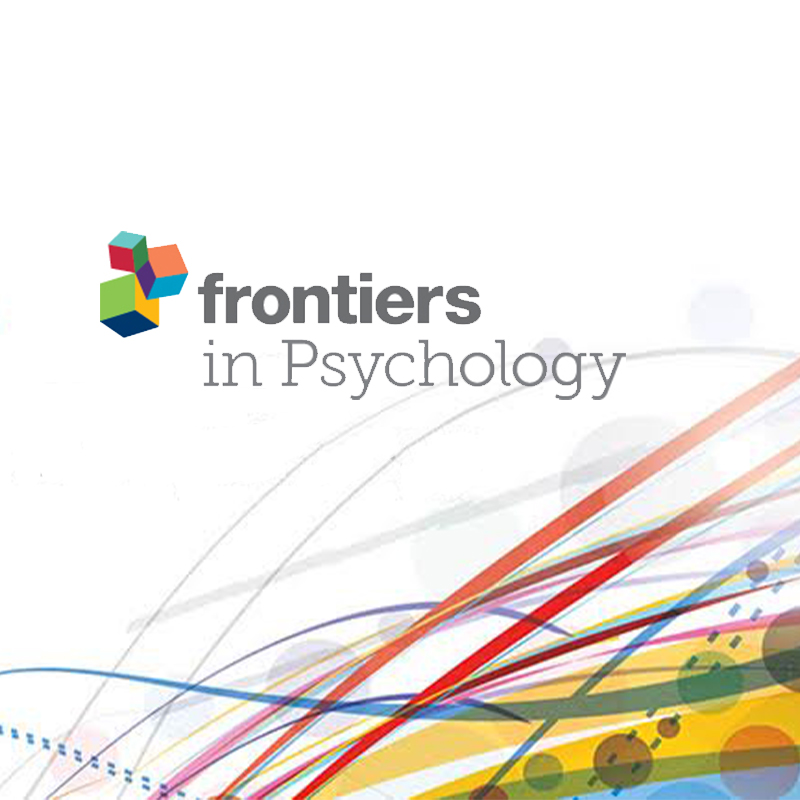Yount G, Taddeo S, Stumbrys T, Kriegsman M, Wahbeh H (2024) Trends in waking salivary alpha-amylase levels following healing lucid dreams. Front. Psychol. 15:1347499. doi: 10.3389/fpsyg.2024.1347499
Abstract
Introduction: Salivary alpha-amylase (sAA) is considered a marker of autonomic nervous system activity in stress research, and atypical waking sAA responses have been reported for traumatized individuals. Lucid dreams, characterized by a dreamer’s awareness of their dream state while remaining asleep, have shown promising preliminary evidence of their potential to enhance mental health. This study’s objective was to evaluate sAA in relation to healing lucid dreams.
Methods: Participants experiencing PTSD symptoms attended a six-day workshop delivered via live video designed to teach techniques for transforming trauma through dreamwork and dream lucidity. Participants (n = 20) collected saliva samples each morning, immediately upon awakening (Time 1) and 30 min afterward (Time 2). sAA levels were determined by enzymatic assay, and the waking sAA slope was calculated as the difference of Time 2 minus Time 1. Participants completed dream reports each morning, with a dream classified as a ‘healing lucid dream’ when they reported attaining lucidity and remembered their intention to manifest a healing experience within the dreamscape.
Results: Of eight participants experiencing healing lucid dreams, four were able to provide usable saliva samples. Statistical tests on these four participants were not significant because of low power. However, nonsignificant positive associations were observed between experiencing more healing lucid dreams and increased waking sAA slope.
Conclusion: The results did not reveal a consistent effect of healing lucid dreams on waking sAA slope. Identifying meaningful patterns in this relationship will require larger samples and more stringent control over saliva collection procedures in future studies.
